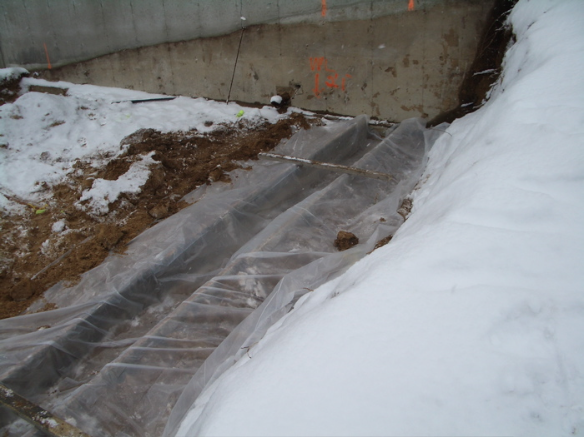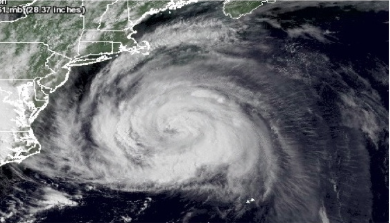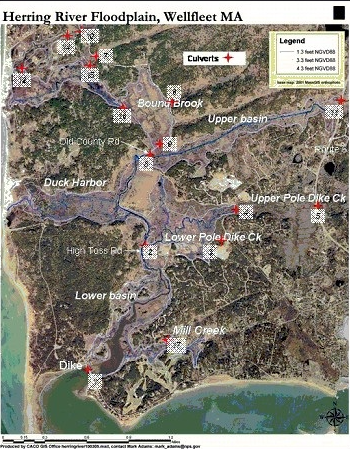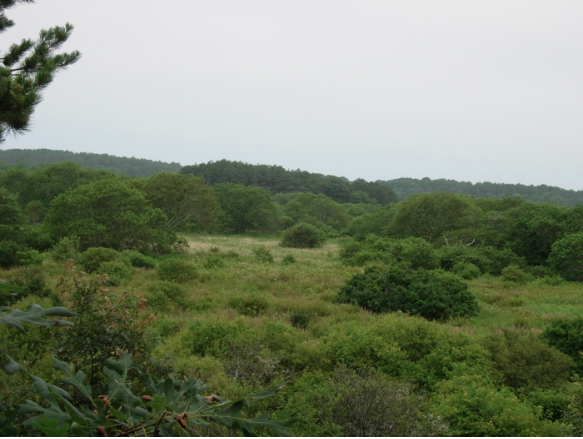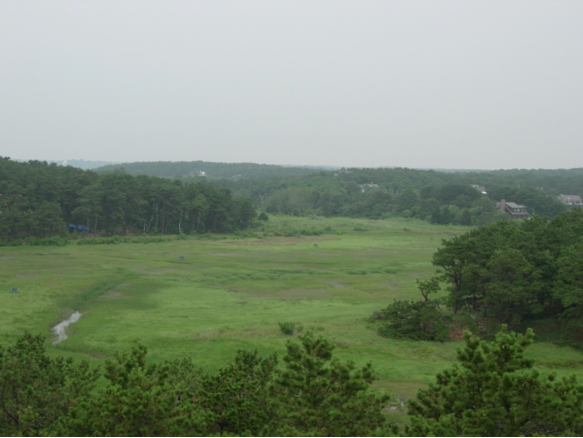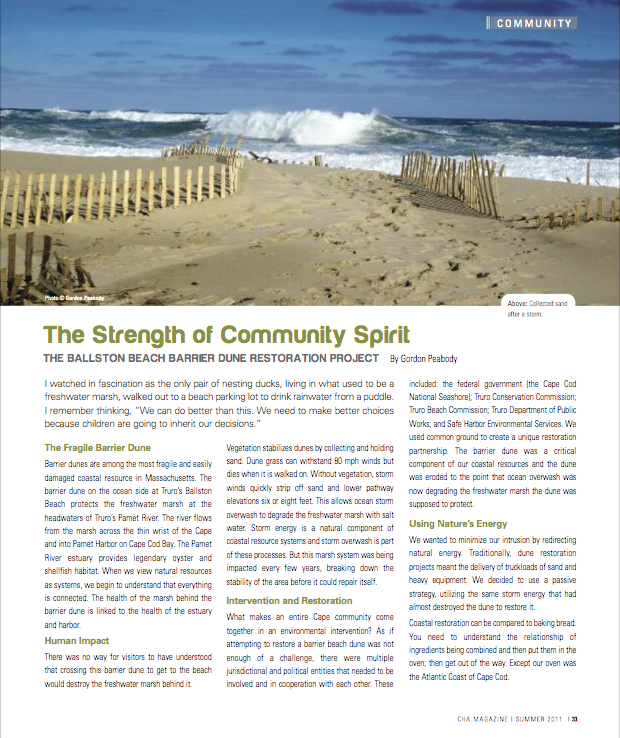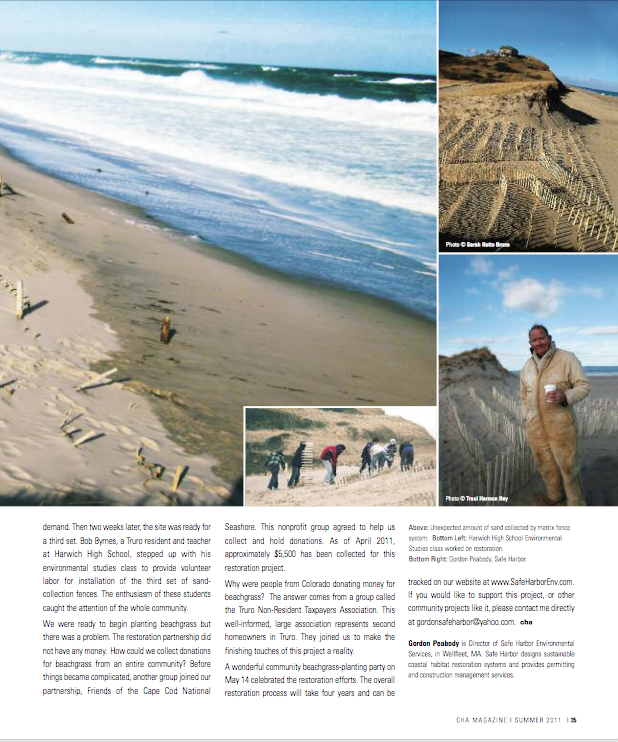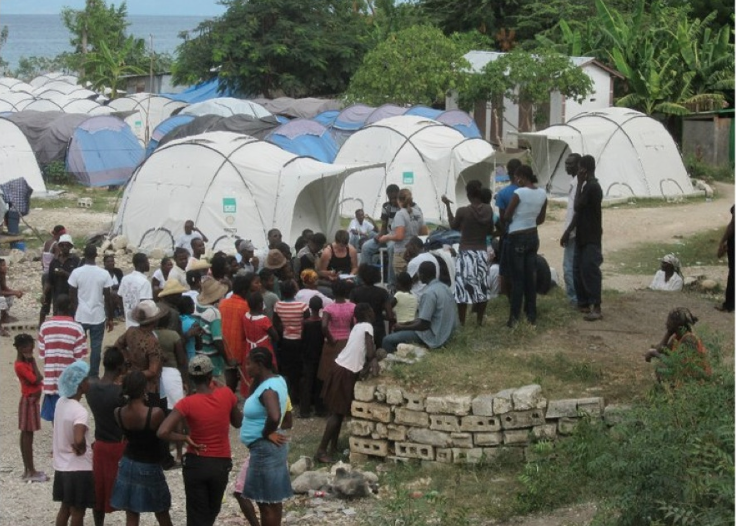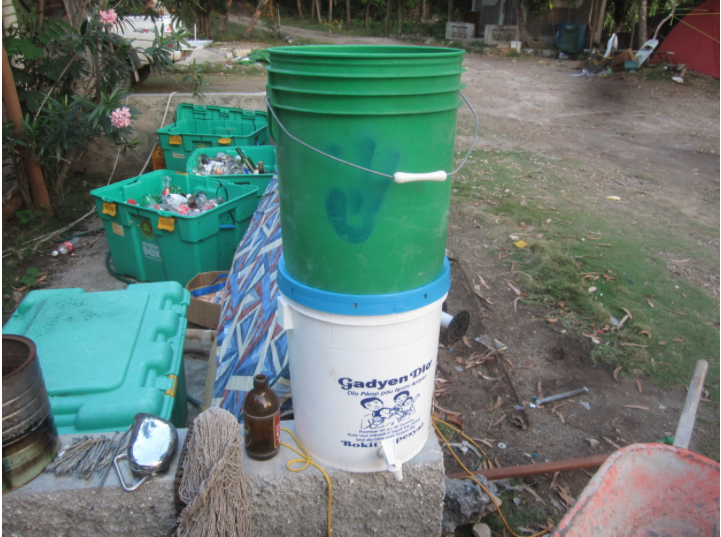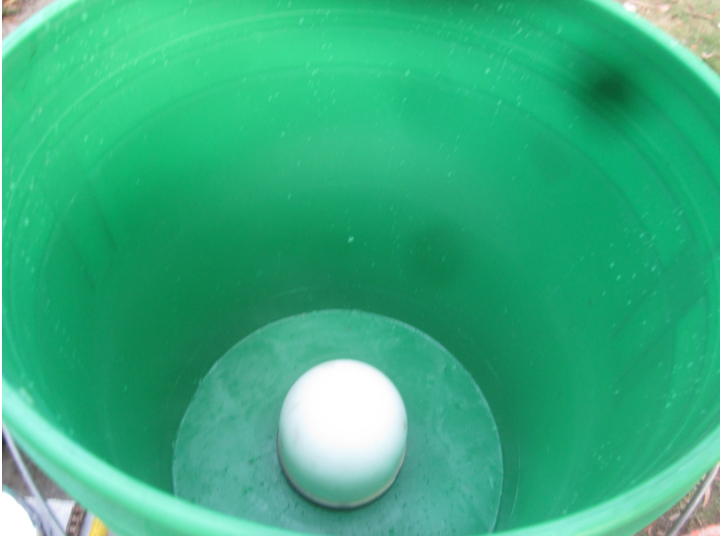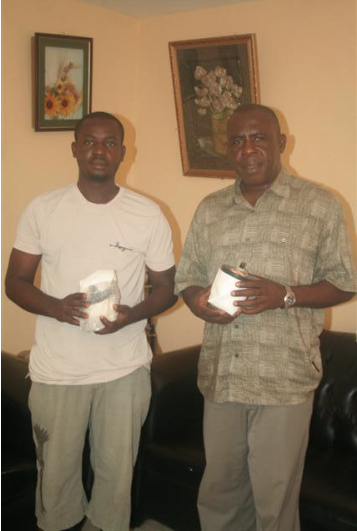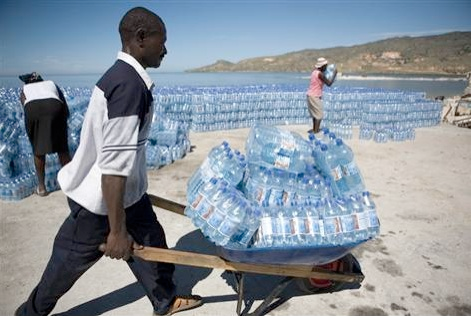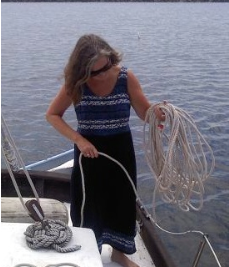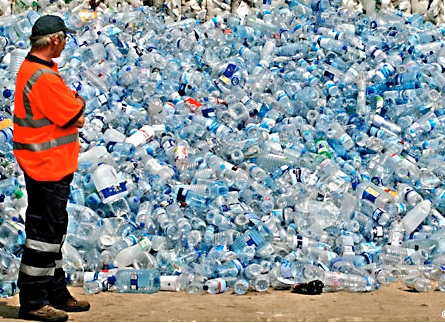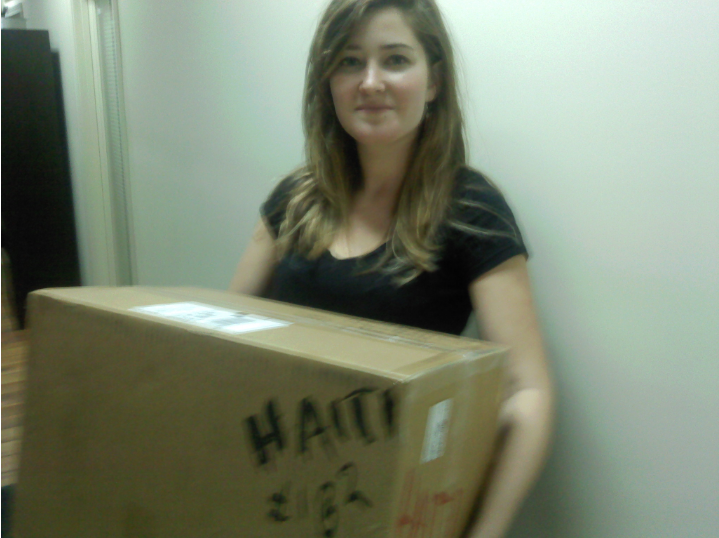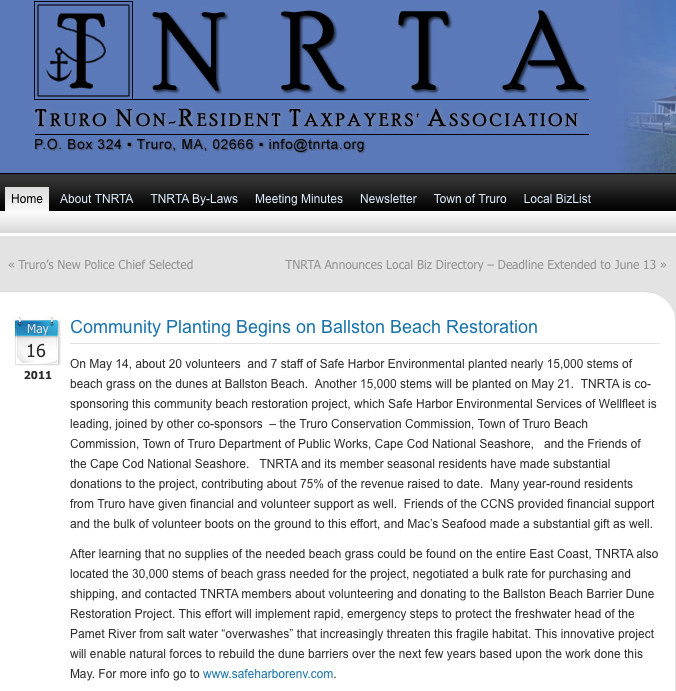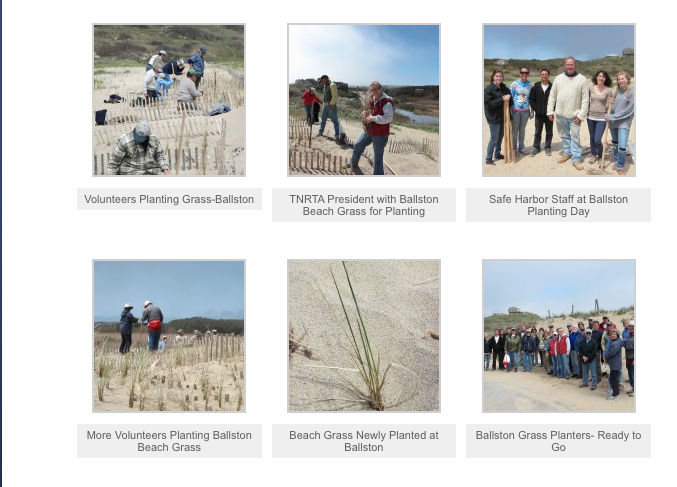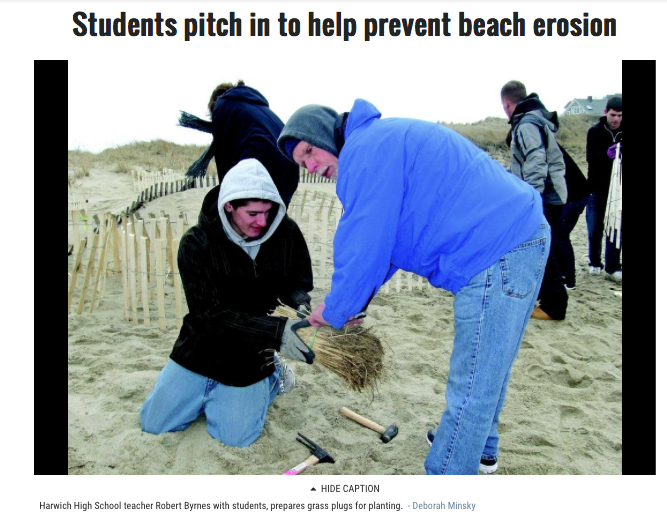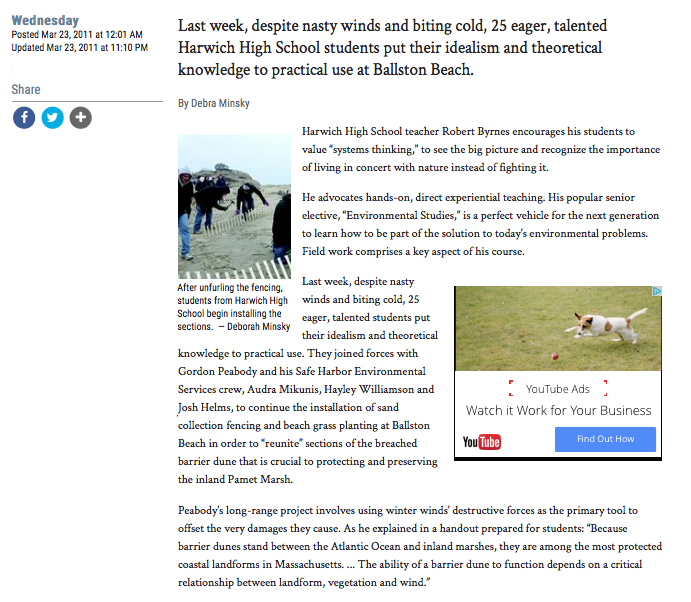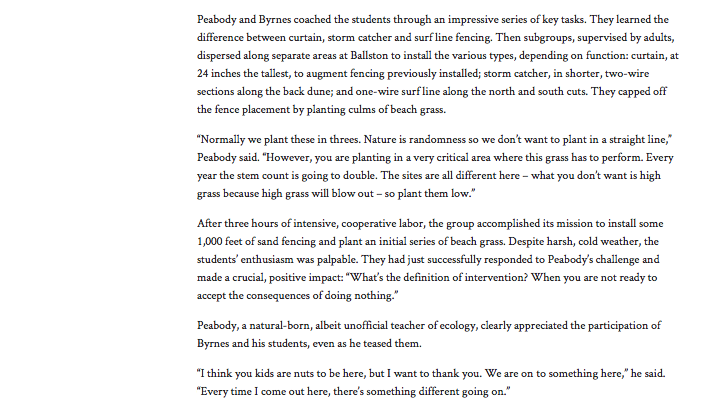This year's winter shrimp fishery in Maine failed to produce. The shrimp fishery failure has significant economic impacts for coastal communities. The possible causes may be changing water temperatures, poor management decisions, or over fishing. The shrimp fishery targets female shrimp just before they lay their eggs. The greater question is what lies ahead, socially, economically, and ecologically.
“Where have all the shrimp gone?”
One of New England’s most historically prolific fisheries is now in jeopardy with an uncertain future. The shrimp industry, which has been predominately utilized by Maine fisherman for over half a century, may be facing a new threat that could potentially cease its existence as we know it. The 2013 season has been lining up to be one of the least productive in its history, and if it gives insight to the oncoming years, then its outlook is bleak.
Shrimp cultivation in the Gulf of Maine has not been without its fluctuations and modifications. It formally began in 1938, as an inshore winter fisheries. It subsequently expanded to an offshore, year round endeavor that peaked in 1969, collapsed in 1977, and shut down in 1978. As a result of these events, stricter management was enforced to stabilize the stock. This meant limiting the season to three months peaking in late winter, setting daily and yearly limits as to how much may be caught, and even stipulating how many days per week one could fish. Additionally, the stock biomass level, a number calculated to support maximum sustainable yield and prevent overfishing, is set and referenced for these quotas. Since there is such range from year to year, federal and state agencies work together to constantly assess and compromise in consideration of both the shrimp and fishermen’s interests.
Exploitation of North Atlantic fisheries had not been limited to shrimp. Sardine canneries were once a fecund business in the U.S. beginning in the 19th Century, with over 400 factories based in Maine alone. Consisting of multiple species of herring, these small fish packed together proved to be a lucrative endeavor providing jobs in Maine until 2010, when the last processing facility in the country closed its doors. This was attributed to a difficult combination of decrease in consumer demand and an increase in government regulations for cultivating these fish.
Despite all of these cautionary measures put into place to preserve this shrimp stock, there has been a steady decline of shrimp caught in recent years, and may be the worst since it bottomed out in the late 70’s. In 2011, 13.3 million pounds of shrimp were netted, followed by 5.3 million in 2012. This year fishermen have been struggling to even reach half of the substantially lower allowable quota of 1.4 million pounds. Prices are reflecting this “bust,” and are close to $3.00 more per pound than last year. Regulators have attempted to assist fishermen with this struggle by loosening stipulations but it has not initiated a positive effect.
Some may argue that this stock came close to (or even teetered on) the tipping point previously when it had crashed completely in 1977, but then successfully rebounded. However, this occurrence was attributed to overfishing practices that were then corrected to allow regrowth of the population. It is thought that this recent trend of population decline could be due to warming ocean temperatures, an environmental variable much more difficult to influence.
The life cycle and seasonal transitions of the Gulf of Maine northern shrimp (Pandalus borealis) have been cited as to how the fishery is managed. Mature shrimp live offshore where they mate late summer to early fall. Mature females carry the embryos until they travel inshore to release the larvae. These spawning females are the main target of the fisheries because of location, quality and sustainability. The shallow position they dwell in throughout winter makes trawling easier and safer. These are the best quality because post-hatching females deteriorate in body condition. It maintains the specie’s viability due to the fact that these females spawn once and die, so the practice is not taking any productive females out of the ecosystems.
Through much research efforts it has been determined that this annual migration inshore is temperature dependent, meaning that changing oceanic temperatures would have a significant impact on these crustaceans. These northern shrimp have adapted to local temperatures and, accordingly, mating occurs to coincide with phytoplankton blooms. Phytoplankton is the main food source of the larvae, and being off by a slight period of time, even a week, has been argued to have a monumental impact. Female shrimp carry their eggs for almost half a year, and evolved to release hatchlings when food is most abundant. Eggs hatching too early lead to a poorer survival rate and these shrimp are not capable to adapt fast enough as temperatures drastically change.
The question at the forefront of this issue is: what is causing this temperature increase in our oceans? This is a controversial topic at present with convoluted hypotheses. Could it be the naturally occurring North Atlantic Oscillation or Arctic Oscillation links? Is it due to an anthropogenic global warming? There is much research being conducted to find out exactly what systems are active to cause these climate changes, and it is also logically possible that it could be a combination of nature and manmade influences. No matter what, a likely certainty if this “trend” continues is that the Gulf of Maine northern shrimp stock will not be the only shrimp fisheries negatively affected down the road and we must be prepared for what the future may hold if this is the case.
Thank you to OCEAN Researcher Brigid McKenna
Works Cited
Clark, Stephen, Steven Cadrin, Daniel Schick, Paul Diodati, Michael Armstrong and
David McCarron. “The Gulf of Maine Northern Shrimp (Pandalus borealis) Fishery: a Review of the Record.” Journal of Northwest Atlantic Fishery Science 27 (2000): 193-226. Web.
http://www.masswildlife.com/dfwele/dmf/publications/2_clark_et_al.pdf
Gill, Victoria. “Shrimp tuned to ocean temperature.” BBC News, 7 May 2009. Web. 7
May 2009.
http://news.bbc.co.uk/2/hi/science/nature/8037888.stm
“Gulf of Maine shrimp fishery goes bust.” Associated Press. Morning Sentinel, 13 Mar
2013. Web. 13 Mar 2013.
http://www.onlinesentinel.com/news/Gulf-of-Maine-shrimp-season-turns-into-a-bust.html
Richards, Anne, Jay O’Reilly and Maureen Taylor. “Oceanographic Indicators of Fishery
Management of Northern Shrimp (Pandalus borealis).” NOAA Research proposal (2006).
http://www.st.nmfs.noaa.gov/fate/proposal/06Richards.pdf
Rudalevige, Christine Burns. “Maxing out the mini season for Maine shrimp.” NPR.org
24 Jan 2013. Web. 24 Jan 2013.
http://www.npr.org/blogs/thesalt/2013/01/24/170157716/maxing-out-the-mini-season-for-maine-shrimp
Visbeck, Martin, James Hurrell, Lorenzo Polvanis and Heidi Cullen. “The North Atlantic
Oscillation: Past, present, and future.” Proceedings of the National Academy of Sciences of the United States of America. 98.23 (2001): 12876-1877. Web. http://www.pnas.org/content/98/23/12876.full
http://www.fishwatch.gov/seafood_profiles/species/shrimp/species_pages/white_shrimp.htm


